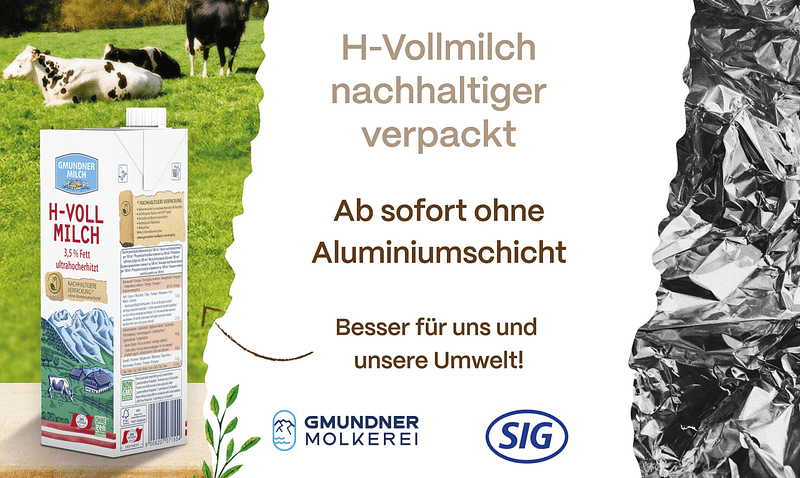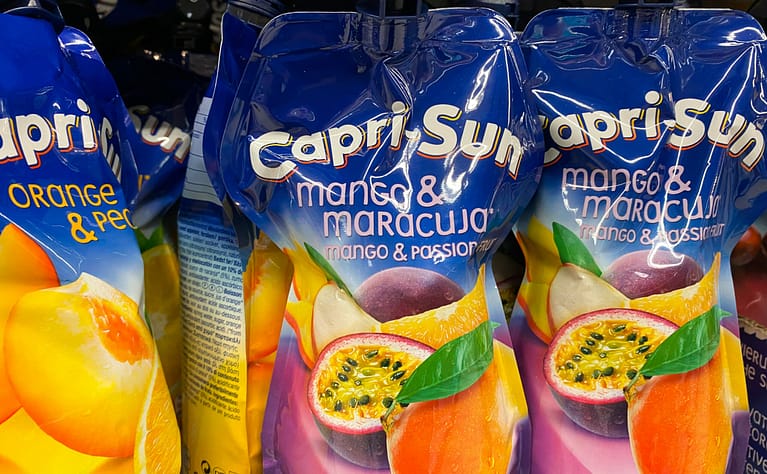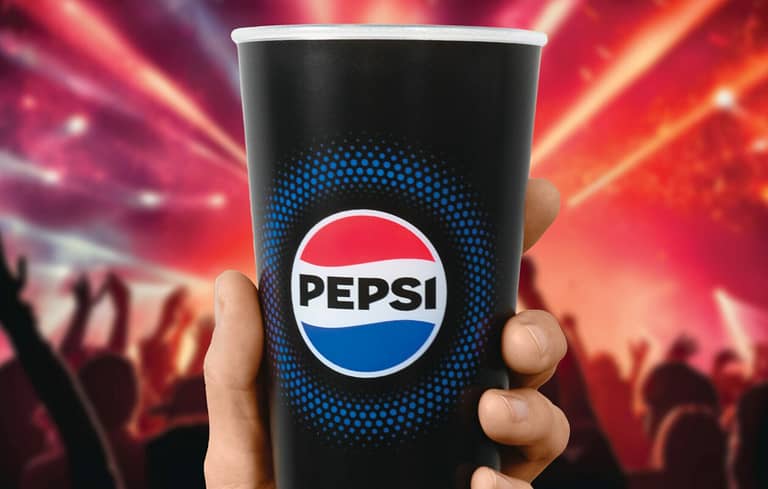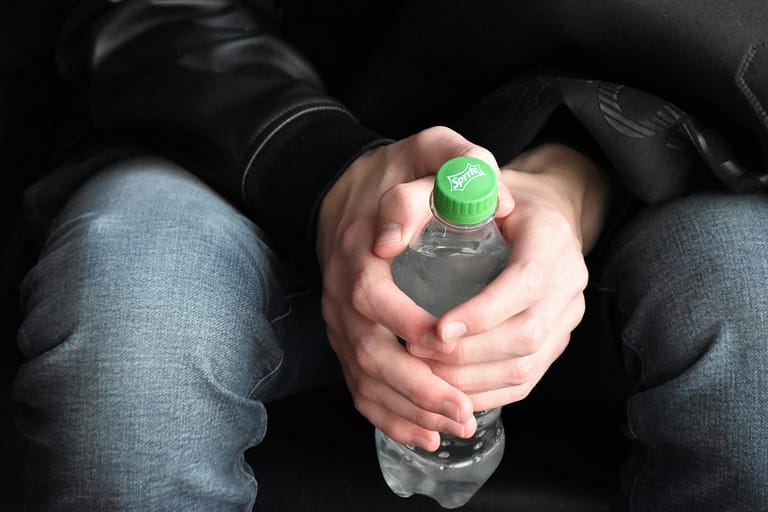Image source: SIG, Unsplash, Montage
Polymer instead of aluminum: Aseptic carton composite from SIG for milk from Austria.
Thomas Reiner | 31.05.2023
The Gmundner Dairy will be the first company in Austria to use an aluminum-free aseptic composite carton from SIG. Instead of the metal, a wafer-thin polymer layer takes over the barrier function. The trend towards replacing aluminum in laminates is thus continuing. The barrier alternatives are becoming more numerous (and better). This pays off in terms of CO2 and climate footprint. In terms of recyclability, however, the alternative barriers still have to prove themselves.
Gmundner Molkerei is Austria’s third-largest dairy and processes around 900,000 liters of raw milk into milk and cheese products every day. As the first milk processing plant in the country, the company has been relying on the 1,000 ml Combibloc Midi from the packaging company SIG for its long-life premium milk since May 2023. The dairy thus sees itself as a pioneer for long-life milk packs without an aluminum layer.
Polymer instead of aluminum
According to Gmundner, 75 percent of the Combibloc Ecoplus packaging material is made of unprocessed cardboard, the fiber material of which comes from wood from FSC-certified forests and other controlled sources.
An ultra-thin polymer layer is used for the barrier, which protects the milk in the packaging from moisture and loss of flavor over a long period of time.
CO2 in focus
The switch from conventional composite board to the aluminum-free alternative is being made under the label of sustainability. Above all, it addresses the aspect of the climate footprint, which currently plays a dominant role in the sustainability debate.
Compared to conventional SIG beverage cartons, the new packaging achieves an average CO2 saving of up to 20 percent per pack at European level, according to the company.
Off into the cycle?
According to the Gmundner Molkerei, the newly used beverage cartons are recyclable. They are to be disposed of via the yellow garbage can or yellow sack “for efficient collection and recycling.”
That sounds good, but the devil is in the details. On the one hand, aluminum, especially as primary aluminum, has a poor energy and thus climate balance (at least as long as the energy does not come from renewable sources). On the other hand, as a monomaterial, aluminum is outstandingly and almost endlessly recyclable. In the composite state, however, this is much more complicated.
The alternative polymer barriers have yet to provide proof of good recyclability in order to compete with the tried-and-tested material in this aspect as well.
The trend is clear
The example of the Gmundner Molkerei shows once again that the trend toward substituting aluminum in composite structures is continuing. Particularly in the area of food products, which have so far relied heavily on aluminum as a barrier in terms of shelf life and taste, successful trials with alternative barriers could lead to a fundamental rethink. The question of the recyclability of polymers in composite packaging remains. However, as an interim solution towards alternative barrier carriers, they are a consistent step.




